ID-DOC: general search
Here you can enter a general keyword and perform a general search.
??? What are these question marks doing here? These represent tools which we know by a Dutch or French name, but who's English name is yet unknown. Suggestions are always welcome!
If you cannot find a certain tool, or if you experience other problems with this page, please let us know at info@mot.be.
Search for: tool
Showing search results 301 - 350
1,492 results found
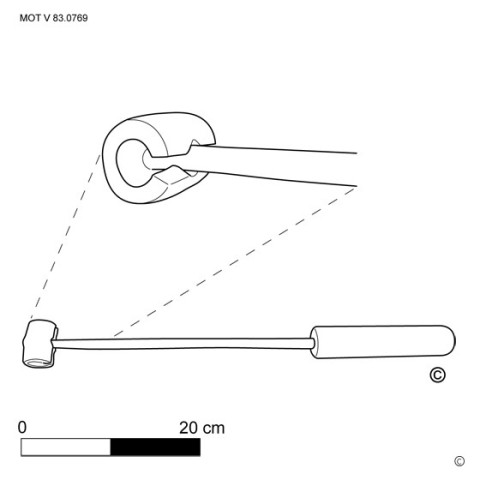
Cauterizing iron
After the tail of draft horses has been cut with a docking iron, the wound
is burned with a cauterizing iron. To stop the bleeding, the heated iron is
pressed against the wound with the ring-shaped end for 8-10 seconds so that
it fits over the slight bulge of the tailbone. If necessary, this operation
is repeated until no more blood escapes. [MOT]
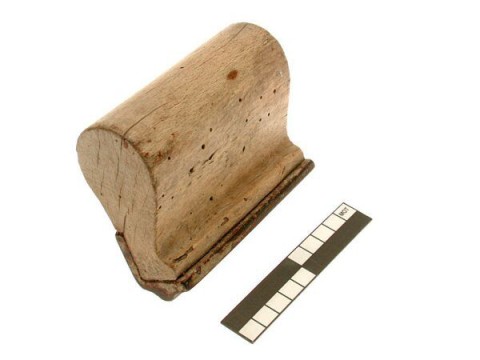
Cement jointer
This text can only be consulted in Dutch
<https://www.mot.be/resource/Tool/cement-jointer?lang=nl>
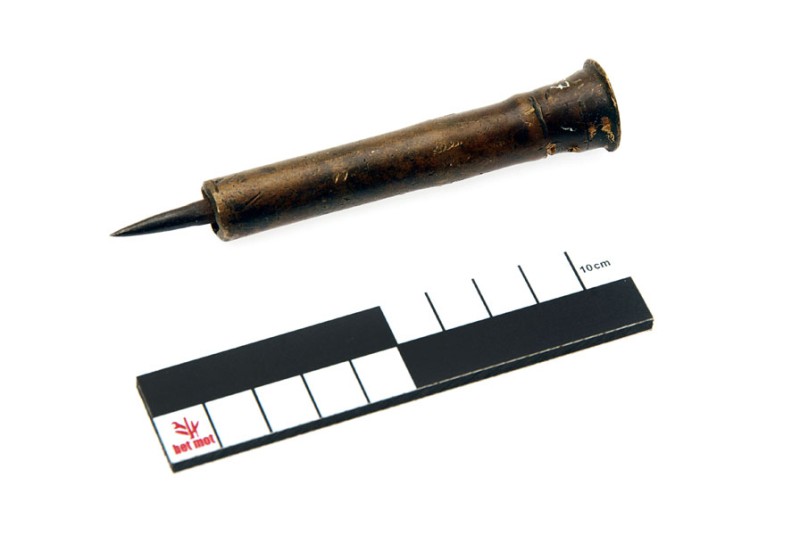
Centre punch
This text can only be consulted in Dutch
<https://www.mot.be/resource/Tool/centre-punch?lang=nl>
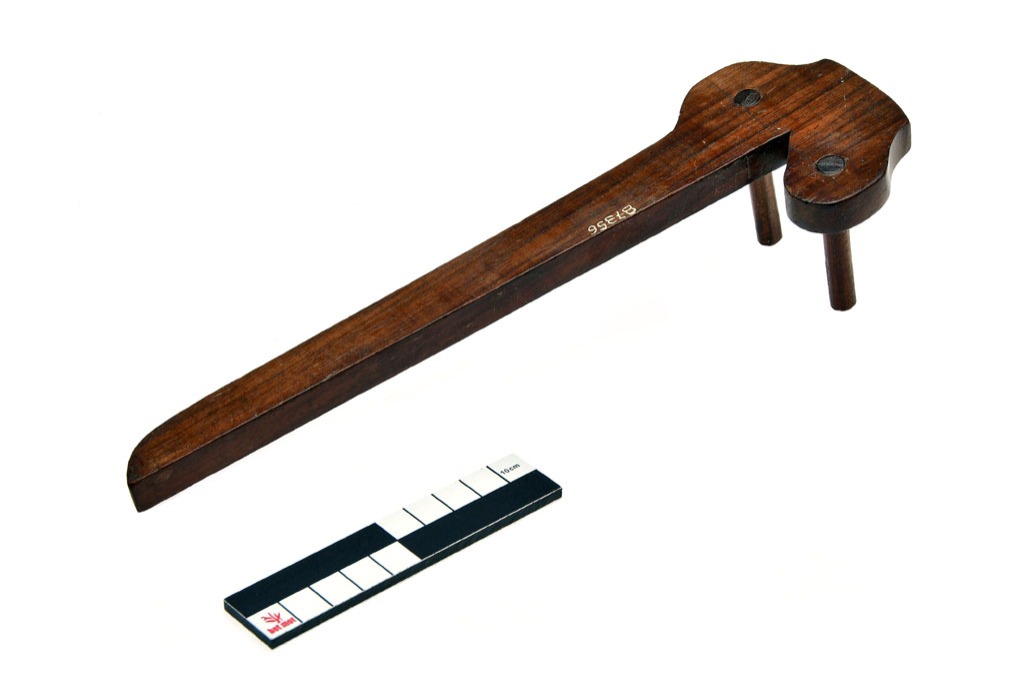
Centre square
This text can only be consulted in Dutch
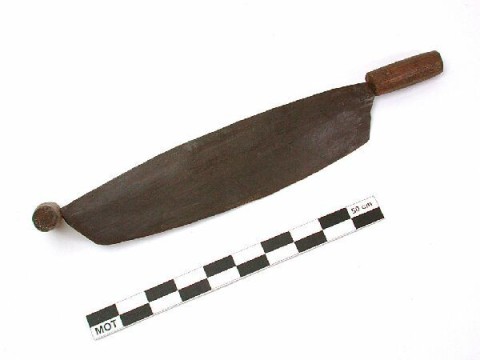
Chaff cutter knife
This text can only be consulted in Dutch
<https://www.mot.be/resource/Tool/chaff-cutter-knife?lang=nl>
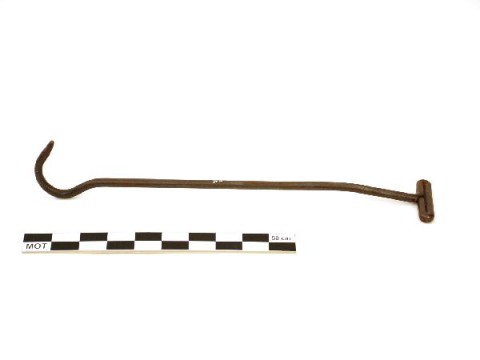
Chain hook
The chain hook is an approx. 80 cm long iron hook with a T or ring handle,
with which heavy (anchor) chains can be transported on ships or in the
harbor, for example during a check. When the vessel is stopped by a chain
when launching a boat, the worker at the capstan catches that chain with
the aid of two shorter chain hooks (1). [MOT] (1) FROST: 140.
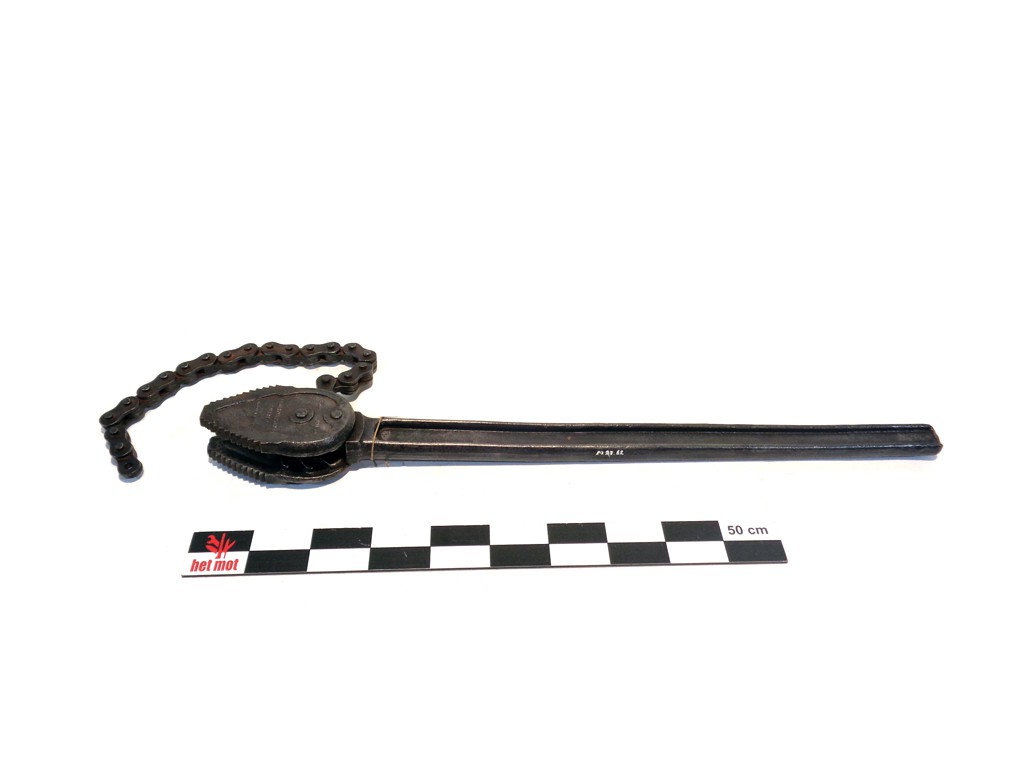
Chain pipe wrench
This text can only be consulted in Dutch
<https://www.mot.be/resource/Tool/chain-pipe-wrench?lang=nl>
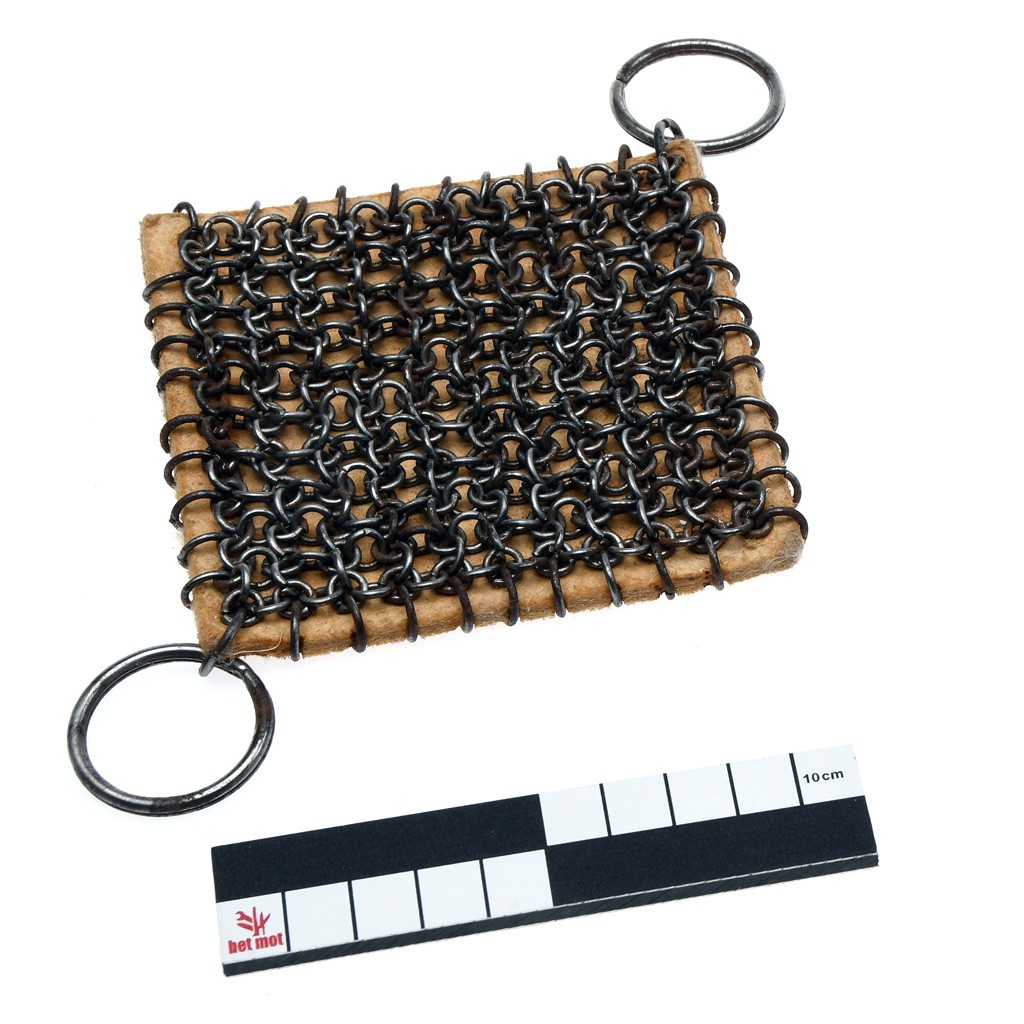
Chainmail burnisher
This text can only be consulted in Dutch
<https://www.mot.be/resource/Tool/chainmail-burnisher?lang=nl>
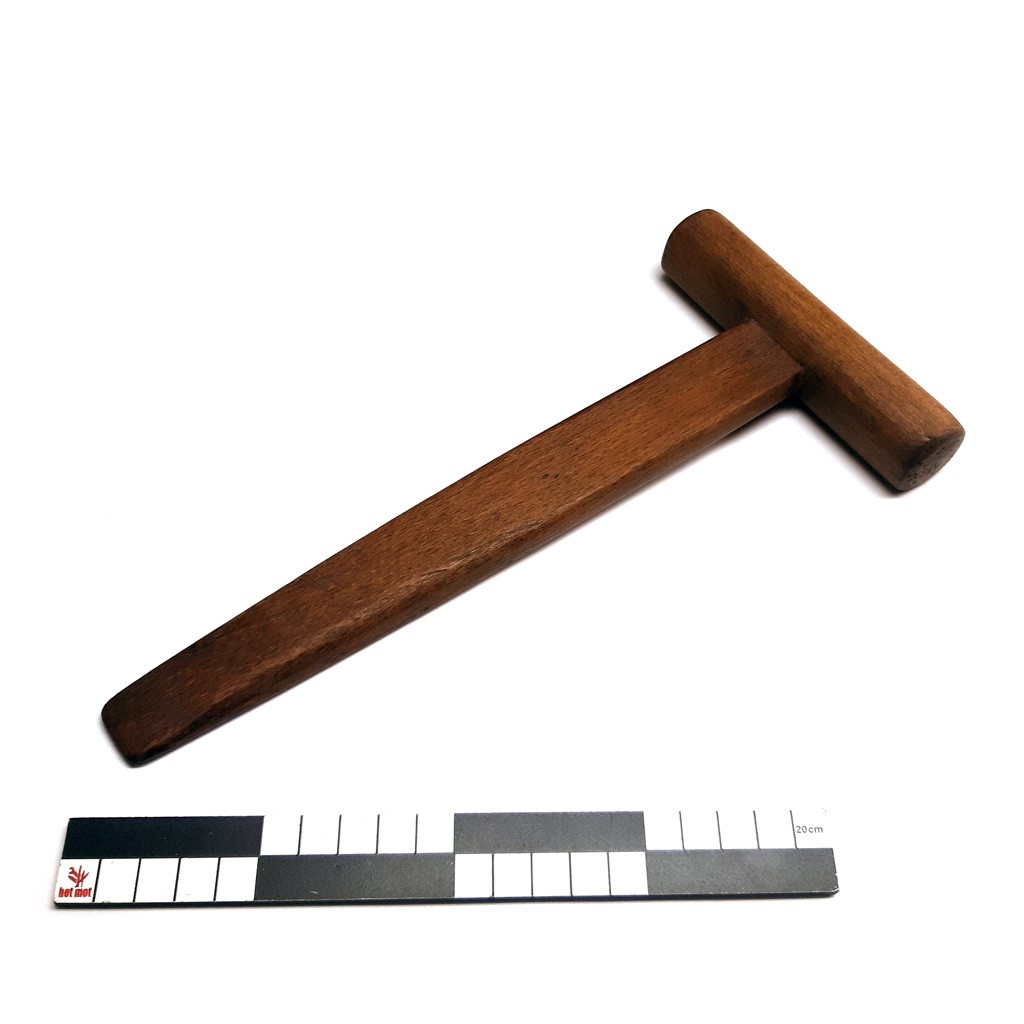
Chair-caning hammer
This text can only be consulted in Dutch
<https://www.mot.be/resource/Tool/chair-caning-hammer?lang=nl>
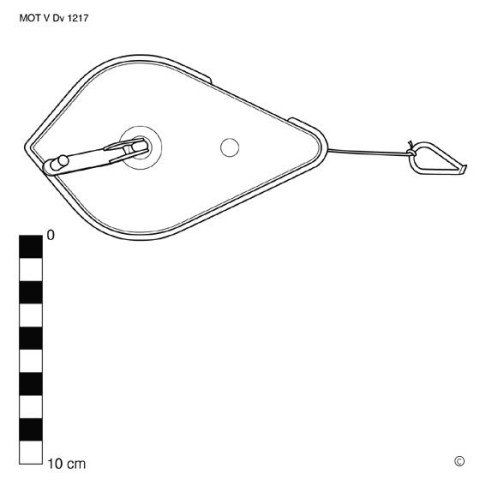
Chalk line
This text can only be consulted in Dutch
<https://www.mot.be/resource/Tool/chalk-line?lang=nl>
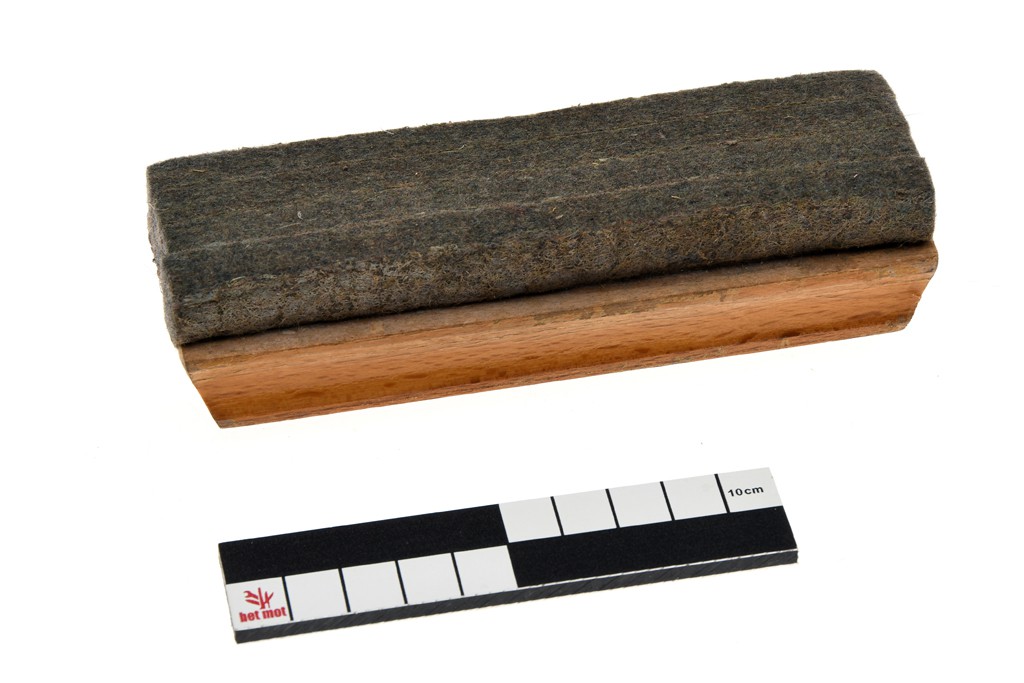
Chalkboard eraser
This text can only be consulted in Dutch
<https://www.mot.be/resource/Tool/chalkboard-eraser?lang=nl>
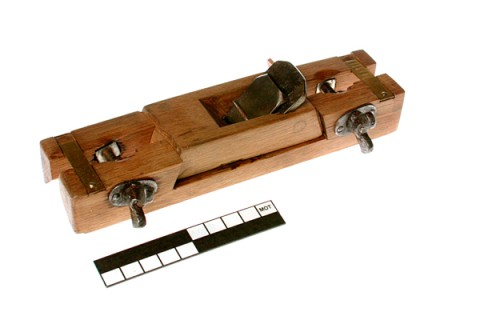
Chamfering shave
This text can only be consulted in Dutch
<https://www.mot.be/resource/Tool/chamfering-shave?lang=nl>
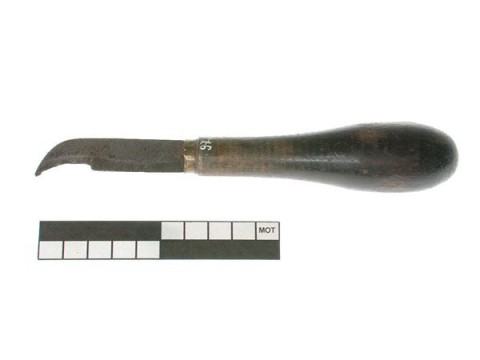
Champagne cutter
This text can only be consulted in Dutch
<https://www.mot.be/resource/Tool/champagne-cutter?lang=nl>
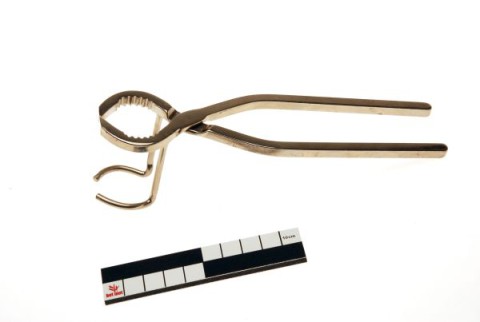
Champagne nippers
The stopper of a champagne bottle can easily be loosened with champagne
nippers. The narrow jaws with fairly large teeth grip the head of the cork.
Sometimes the opening is behind the rotating spindle and we find champagne
scissors at the front to cut the muselet, i.e. the wire around the cork.
Another model has 2 brackets about 4 cm above the jaws to hold the cork
when it comes out. See also the champagne cutter. Can be distinguished from
the wax tongs to break the wax of a sealed bottle. [MOT]
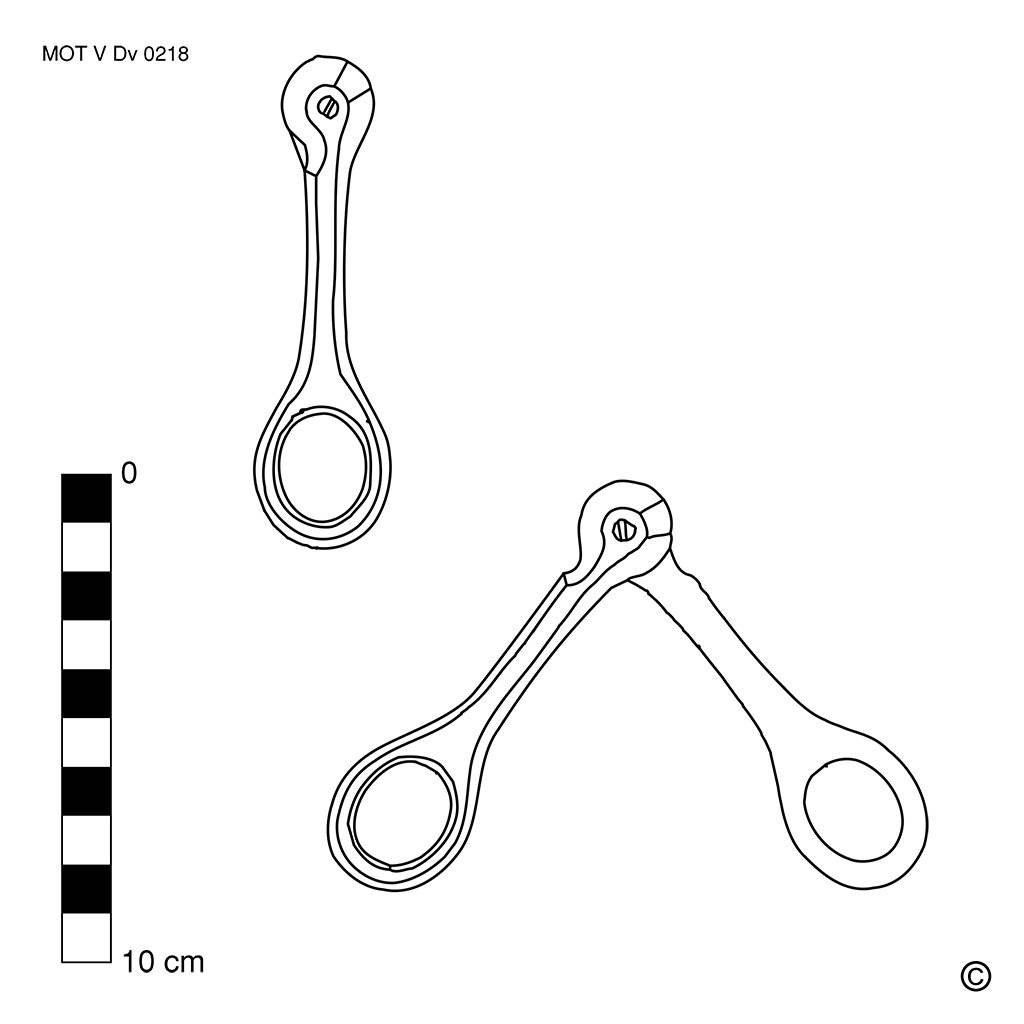
Champagne scissors
The wire around the cork of a champagne bottle is cut with champagne
scissors. The jaws are very short, since the wire is against the bottle and
there is not much play between the wire and the bottle. The champagne
scissors are sometimes part of the champagne nippers. [MOT]
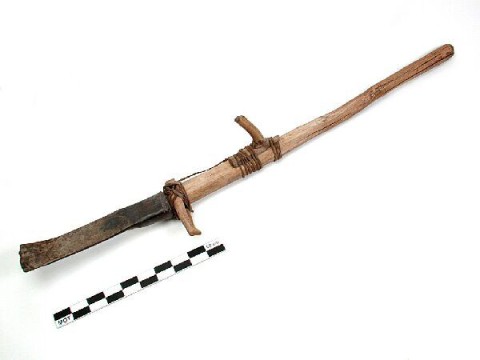
Chaquitaclla
The chaquitaclla (1) (pronounced tcha-ki-tak-li-ja) is a typical
agricultural implement in the Andes mountains of southern Peru and northern
Bolivia. The men use them to work fallow soil by tilting the clods - as
with the Spanish Laya, after which the women pow the potato tubers by hand
(2). It is not uncommon for five men to work side by side; then they tilt a
whole bar in one go. The chaquitaclla evolved from a digging stick to a
tool with a sharp metal tip, a curved or straight handle, and a footrest.
It is about 1 to 1.5 meters long and has a diameter of about 6 cm. The
footrest consists of two poles of approx. 20 cm long that are tied parallel
to each other at a height of approx. 45 cm. The wooden handle is tied to
the shaft with strips of llama or cow leather. When working on steep
slopes, a lower-placed handle - close to the footrest - is more convenient
for balancing. The stem fits into the socket of the blade, which is about
7-10 cm wide and 40 cm long. If no metal is available...
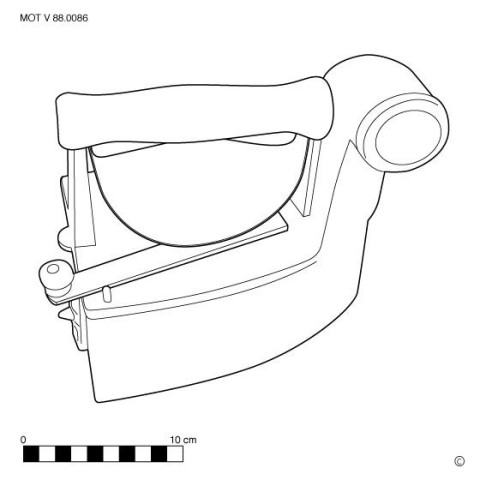
Charcoal iron
This text can only be consulted in Dutch
<https://www.mot.be/resource/Tool/charcoal-iron?lang=nl>
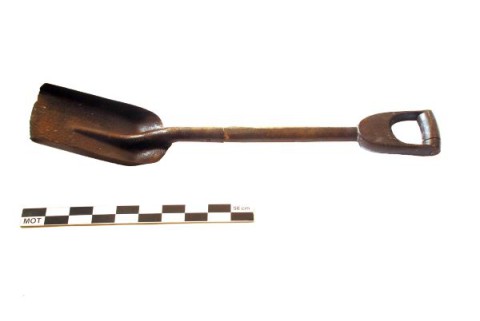
Charging shovel
Rectangular iron shovel (approx. 30 cm long) with a wooden D-handle
(approx. 70-80 cm). It is used by the stoker when filling the boiler of a
heating installation or of a steam engine, and by the brickmaker when
heating the oven. It has raised edges so that the coals do not fall out
when shoveling. See also the coal scoop and coal shovel. [MOT]
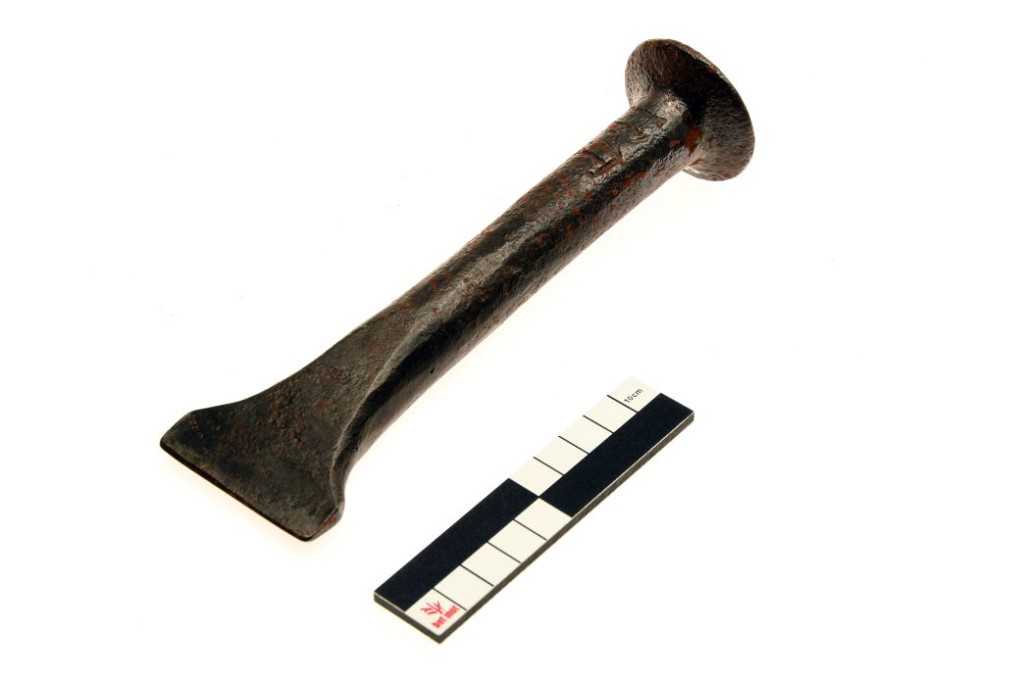
Charring chisel
The charring chisel is a wide, metal stonemason’s chisel with straight,
double cutting edge, the angle of which is between 10 ° and 40 °, depending
on the hardness of the worked stone. The width of the cutting edge can
range from about 3.5 to 18 cm. There are charring chisels with a wooden
handle for softer types of stone. For technical information on this page
in dutch. [MOT]
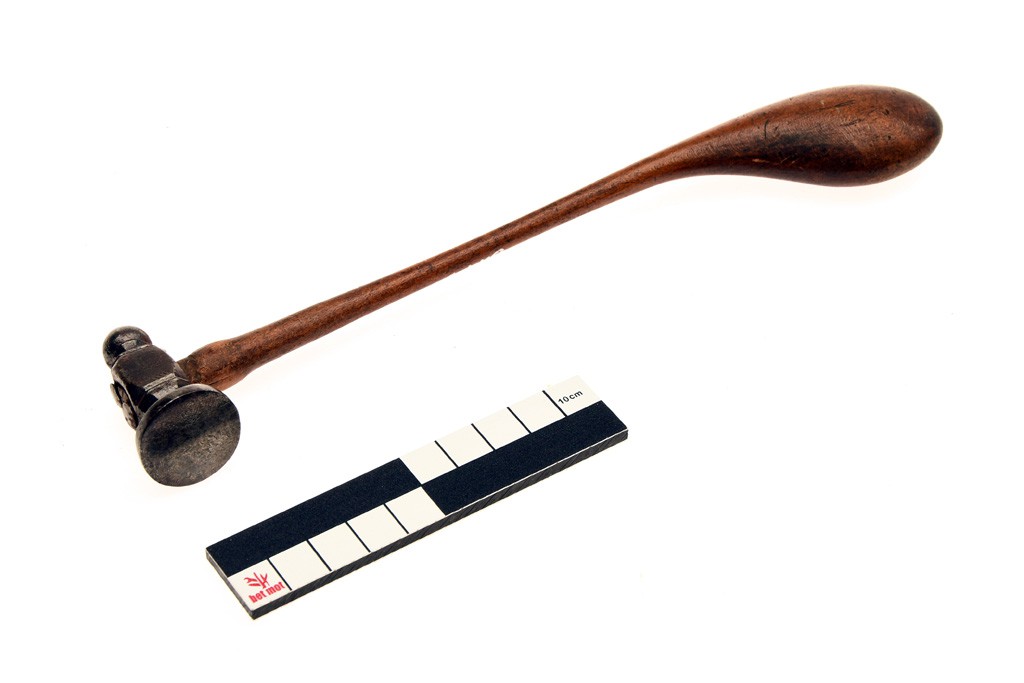
Chasing hammer
This text can only be consulted in Dutch
<https://www.mot.be/resource/Tool/chasing-hammer?lang=nl>
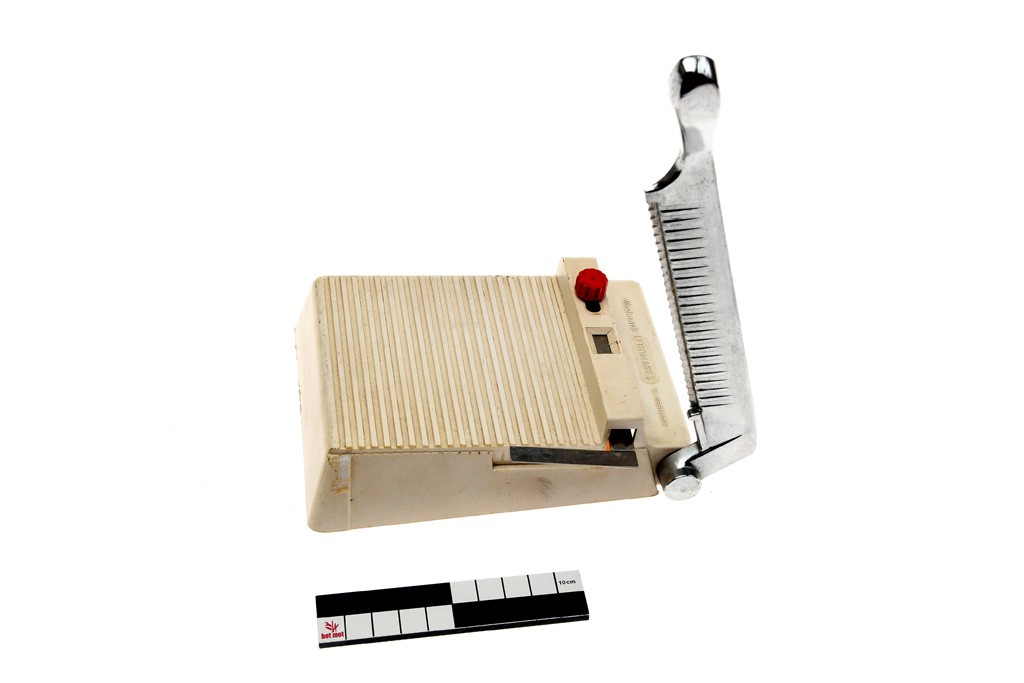
Cheese cutter
This text can only be consulted in DutchSee also the cheese knife and
cheese cutting knife.
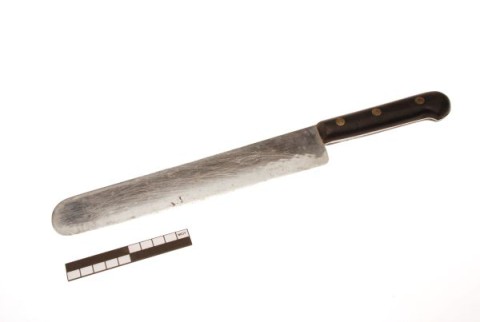
Cheese cutting knife
This text can only be consulted in DutchSee also the cheese knife and
cheese cutter.
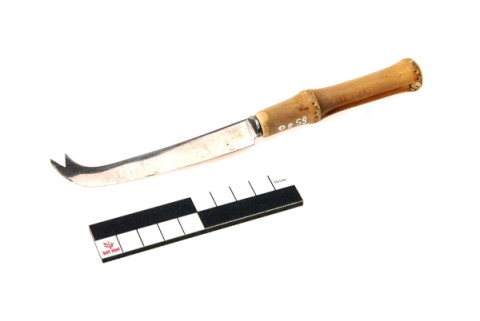
Cheese knife
This text can only be consulted in DutchSee also the cheese cutting knife
and the cheese cutter.
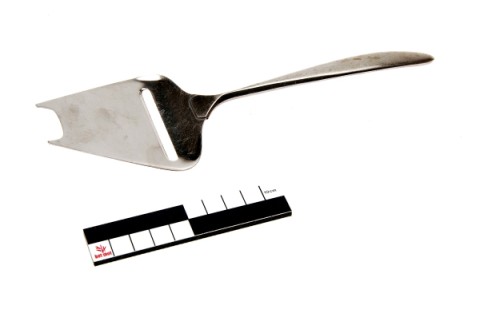
Cheese slicer
This text on the cheese slicer can only be consulted in Dutch. [MOT]
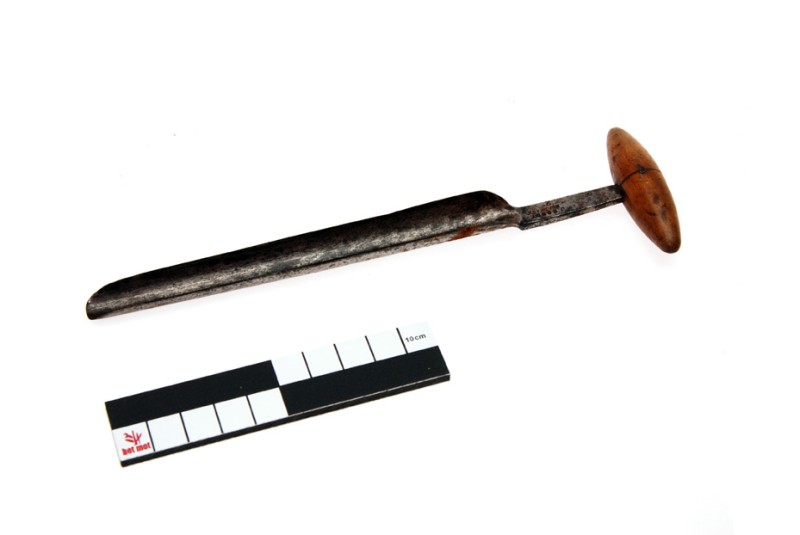
Cheese trier
The cheese maker uses the cheese trier to drill a sample from a ball of
cheese. It consists of an elongated, semi-cylindrical blade that is often
narrower at the end and that is attached in a straight handle or has a ring
as a handle. It can be distinguished from the apple corer. See also the
grain sampler. [MOT]
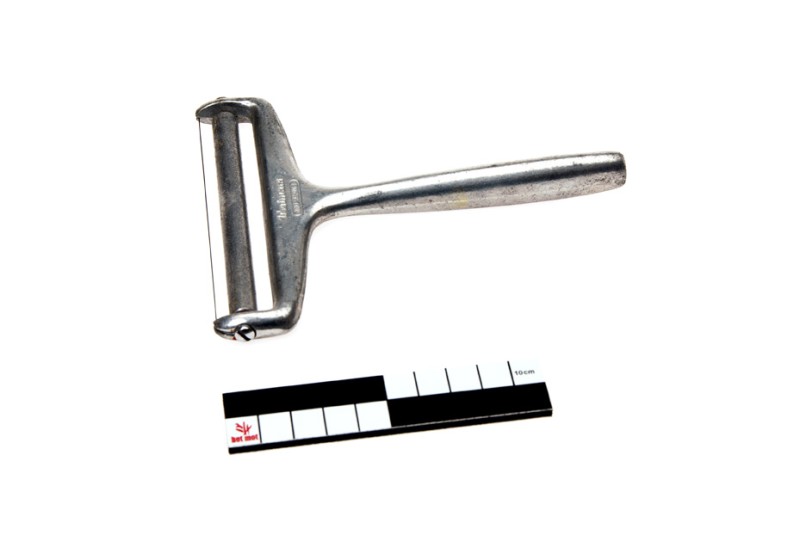
Cheese wire with roller
This text can only be consulted in Dutch
<https://www.mot.be/resource/Tool/cheese-wire-with-roller?lang=nl>
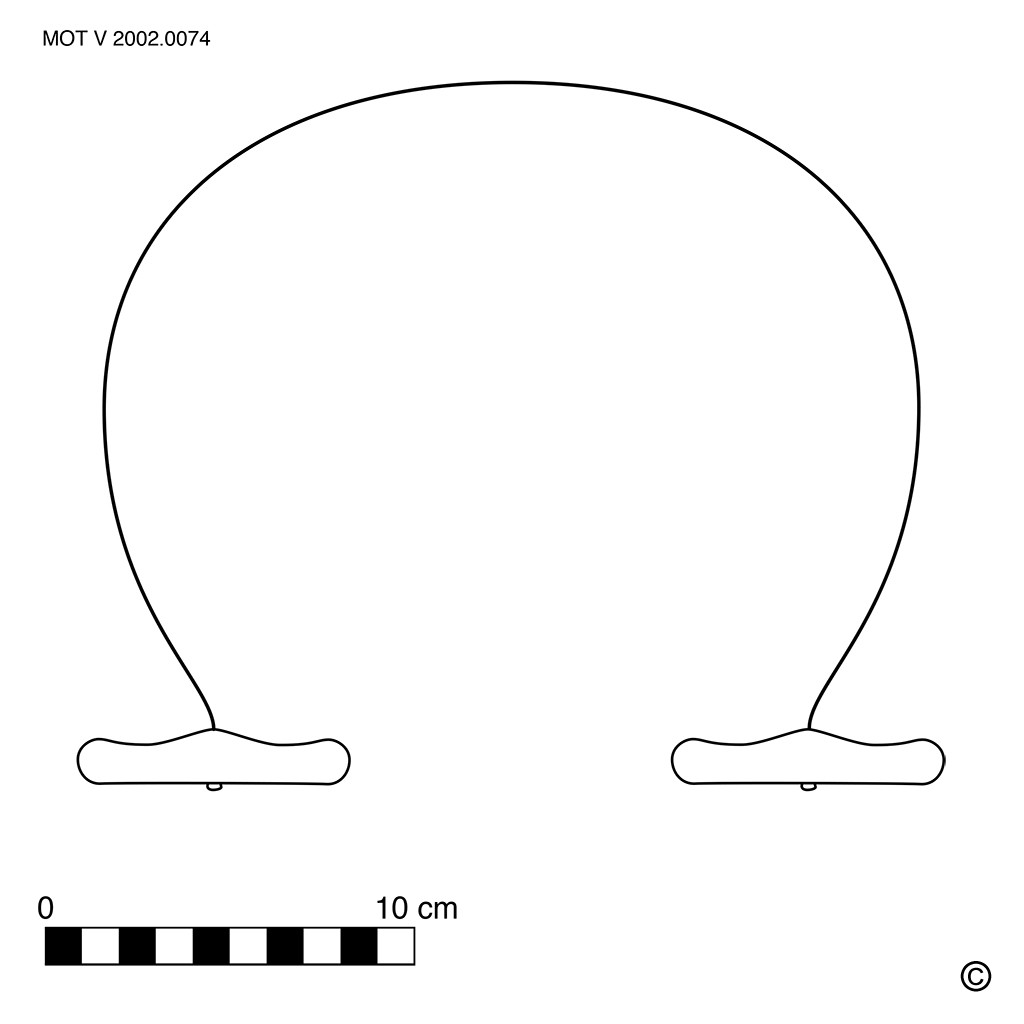
Cheese/butter/clay wire
See also the cheese wire with roller.
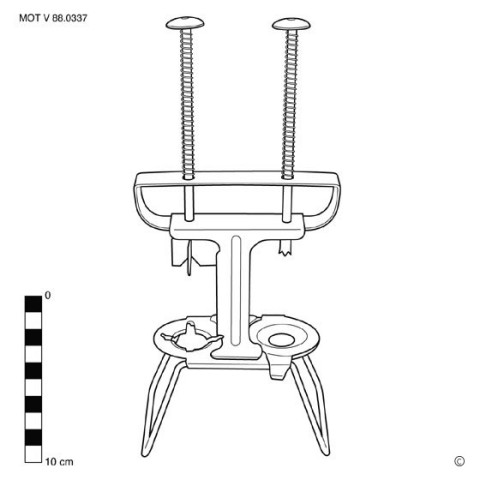
Cherry pitter
This text can only be consulted in Dutch
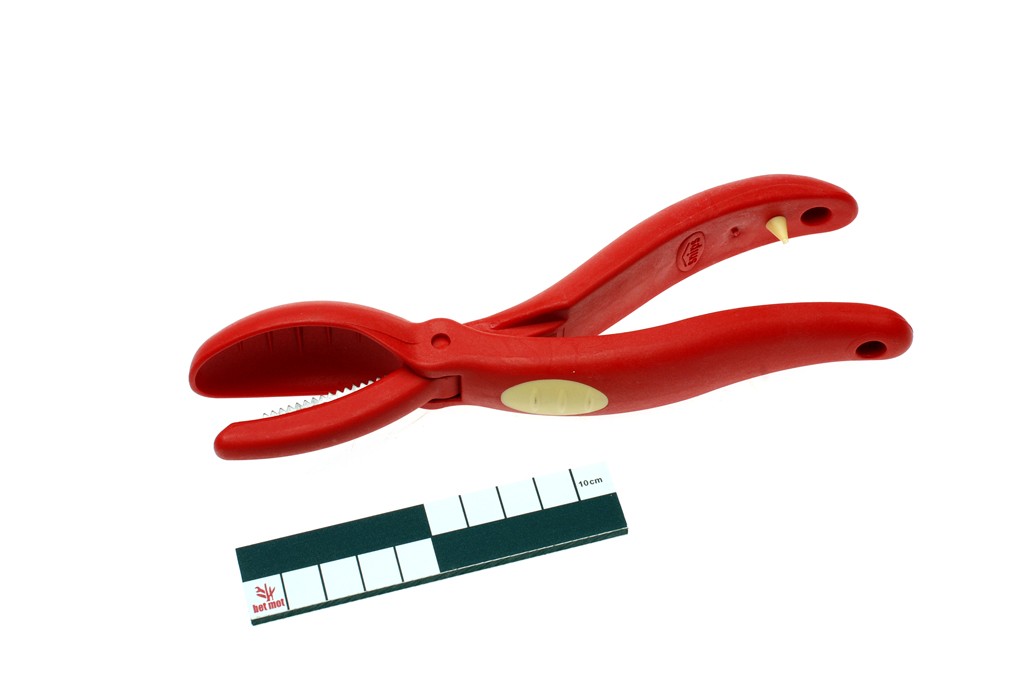
Chestnut cutting tongs
This text can only be consulted in Dutch
<https://www.mot.be/resource/Tool/chestnut-cutting-tongs?lang=nl>
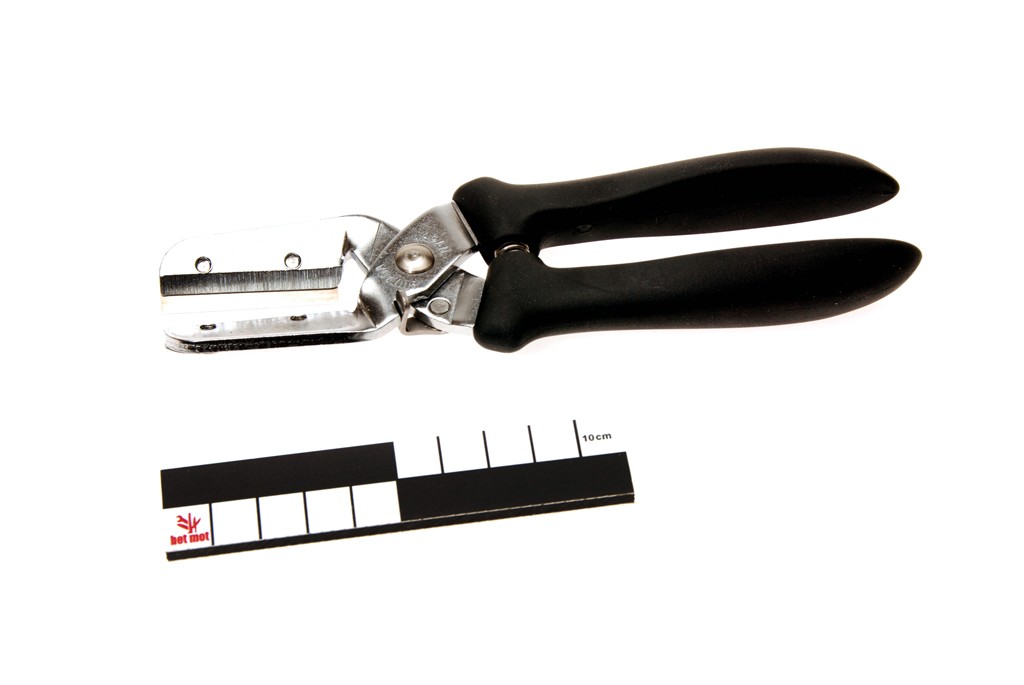
Chestnut peeling tongs
This text can only be consulted in Dutch
<https://www.mot.be/resource/Tool/chestnut-peeling-tongs?lang=nl>
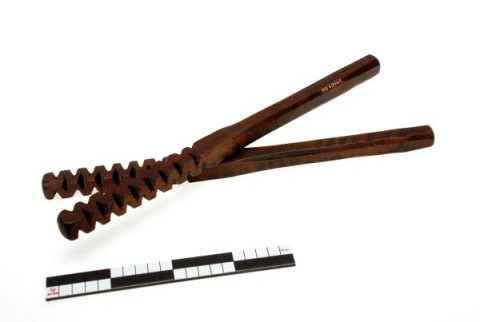
Chestnut skin tongs
After the husk and skin of the chestnut have been removed, the small
membrane of the skin of the fruit must be detached. This can be done by
pouring the fruits into a kettle of boiling water and making cutting and
twisting movements with these chestnut skin tongs (1). Friction and heat
loosen the membrane. The chestnut fleece pliers consist of two approx.
35-60 cm long wooden rods that are connected approximately in the middle by
a (copper) screw. The bars are square in section and have triangular
notches on the four edges for a better grip on the chestnuts. The part of
the bars that acts as a handle is square or round in cross section. [MOT]
(1) The proper name of these particular tongs in English is yet unknown.
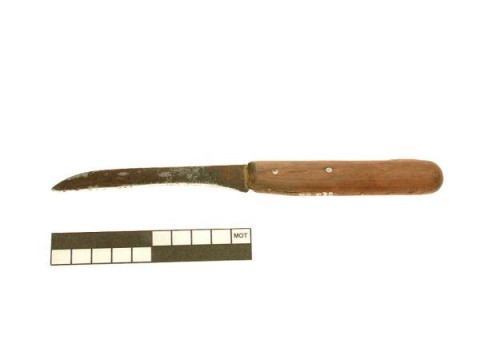
Chicory knife
The chicory knife is used to cut the tops of the chicory in the field. It
is a small (approx. 20 cm) and light (approx. 25 g) knife with a straight
blade and smooth edge, which lies comfortably in the hand. The blade is
often sharpened, making the edge somewhat hollow. The handle can be wood or
plastic. [MOT]
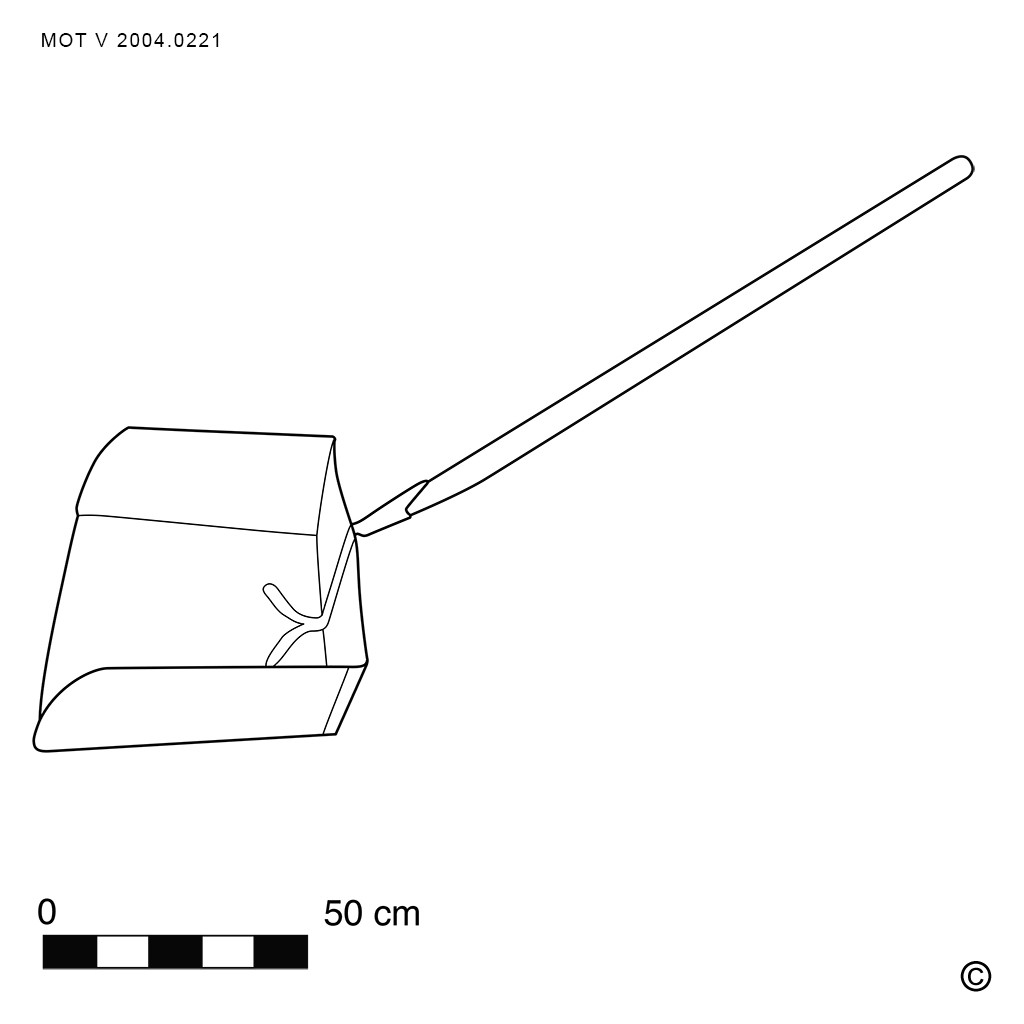
Chicory shovel
This text can only be consulted in Dutch
<https://www.mot.be/resource/Tool/chicory-shovel?lang=nl>
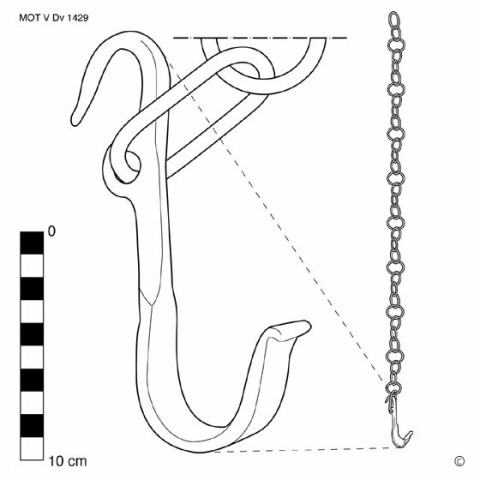
Chimney crook (chain)
This text can only be consulted in Dutch
<https://www.mot.be/resource/Tool/chimney-crook-chain?lang=nl>
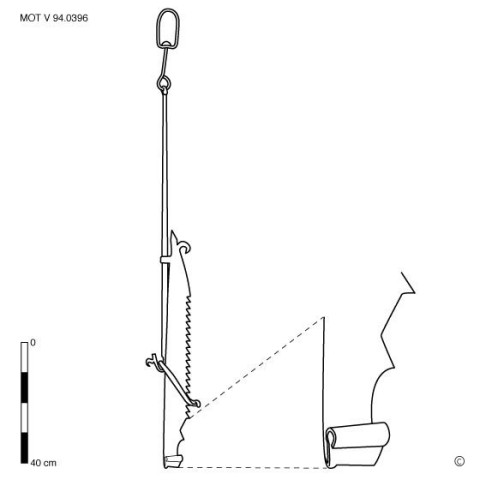
Chimney crook (saw)
This text can only be consulted in Dutch
<https://www.mot.be/resource/Tool/chimney-crook-saw?lang=nl>
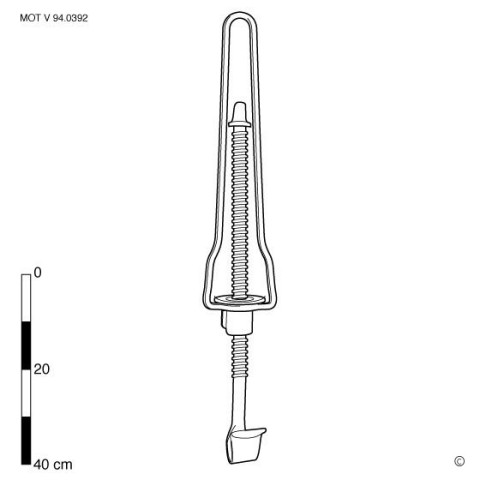
Chimney crook (screw)
This text can only be consulted in Dutch
<https://www.mot.be/resource/Tool/chimney-crook-screw?lang=nl>
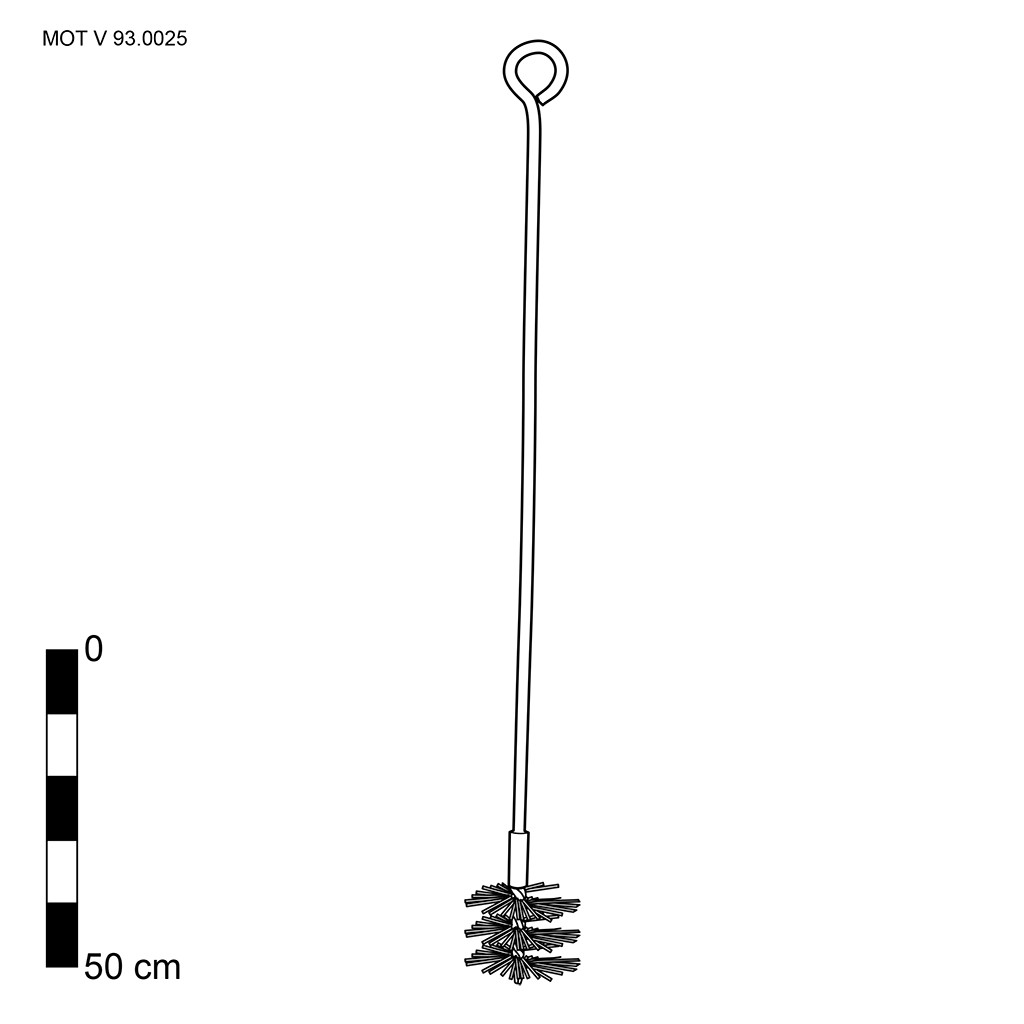
Chimney sweep brush
This text can only be consulted in dutch. See also the tube brush. [MOT]
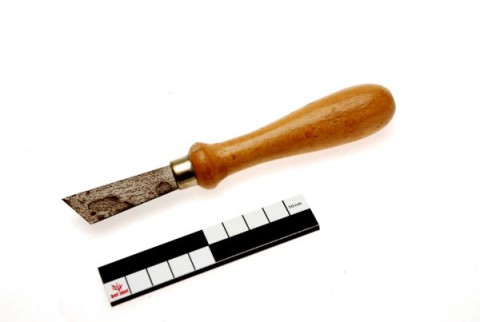
Chip carving knife
This text can only be consulted in Dutch
<https://www.mot.be/resource/Tool/chip-carving-knife?lang=nl>
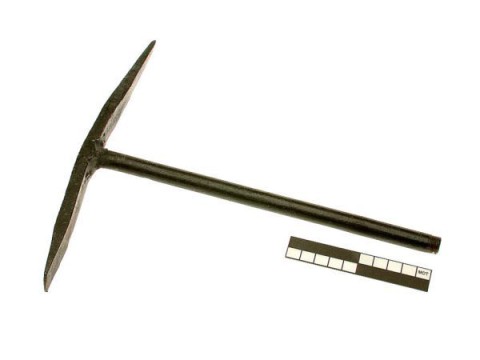
Chipping hammer
This text can only be consulted in Dutch
<https://www.mot.be/resource/Tool/chipping-hammer?lang=nl>
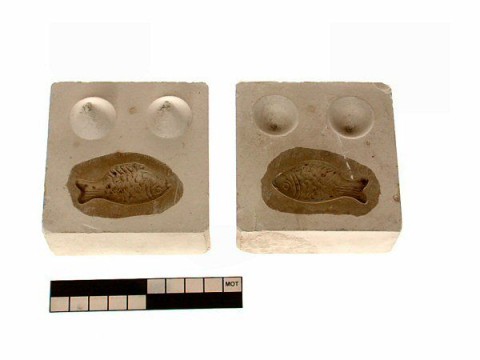
Chocolate mould
This text can only be consulted in Dutch
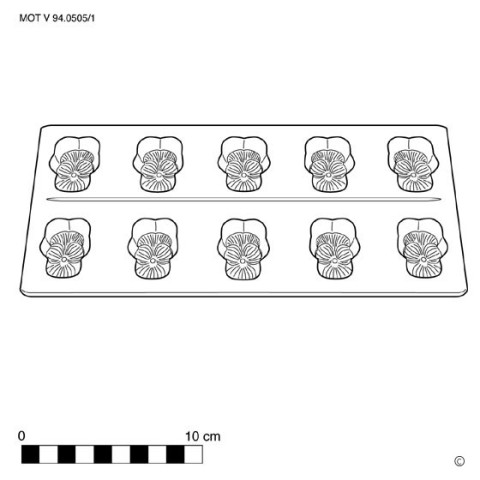
Chocolate truffle mould
This text can only be consulted in Dutch
<https://www.mot.be/resource/Tool/chocolate-truffle-mould?lang=nl>
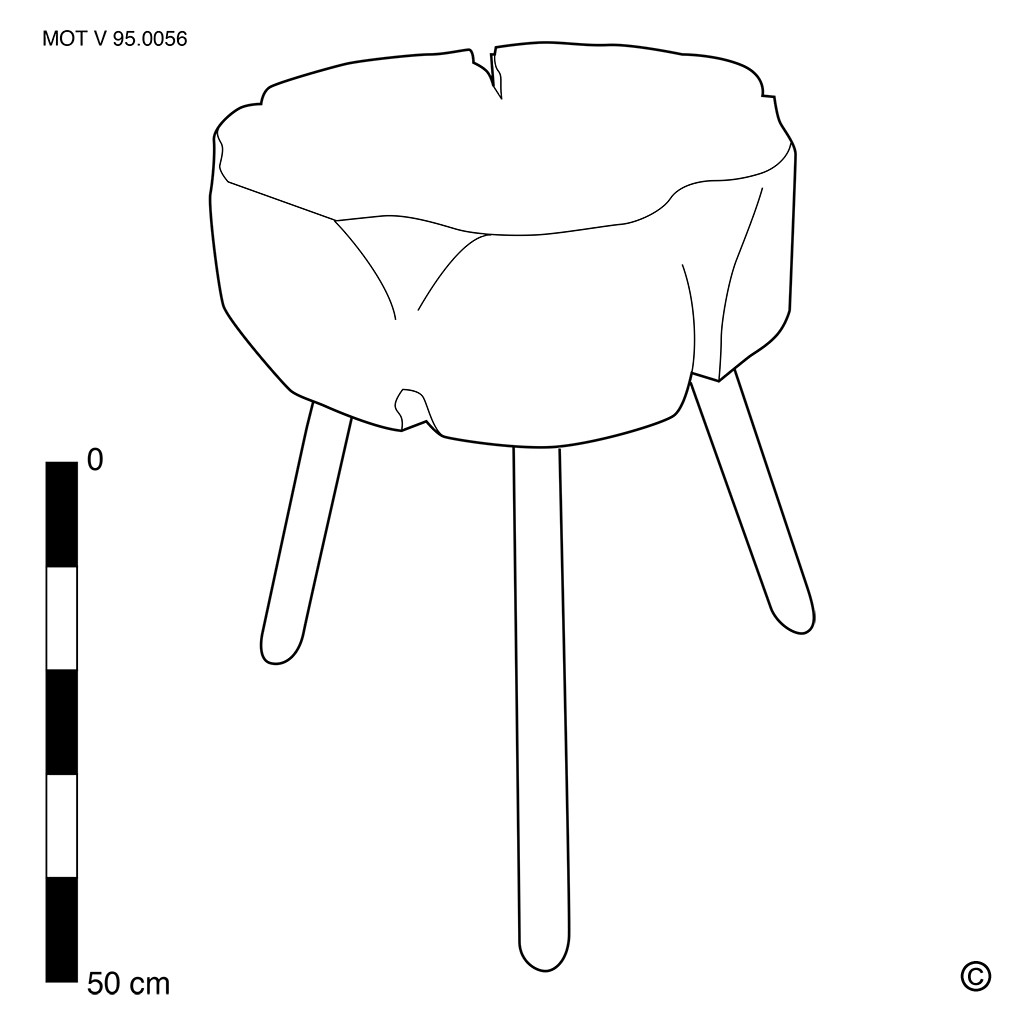
Chopping block
Meat and vegetables can be chopped on a cutting board or a chopping block.
The latter is a cross-sawn piece of tree trunk (approx. 30-60 cm diameter;
approx. 13-50 cm thick) - often the hole in the tree - possibly with three
legs underneath. Usually it is made of beech wood. [MOT]
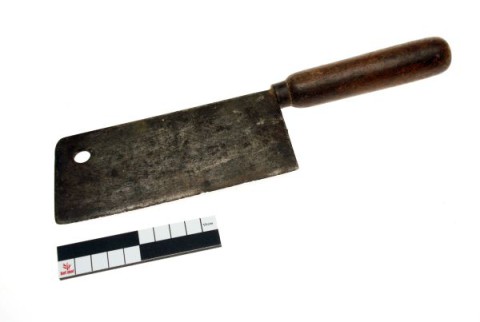
Chopping knife
Kitchen utensil for chopping vegetables. There is a wide variety of shapes.
The cut can be rectangular or rounded; the handle can be attached to the
top of the blade - horizontally like a crank or connected to the blade at
one or both ends - but can also be in line with the blade. In the latter
case, the knife resembles the meat cleaver, but it is lighter. The
vegetable chopper is always used in combination with a chopping block or a
wooden bowl or porringer. See also the mincing knife. [MOT]
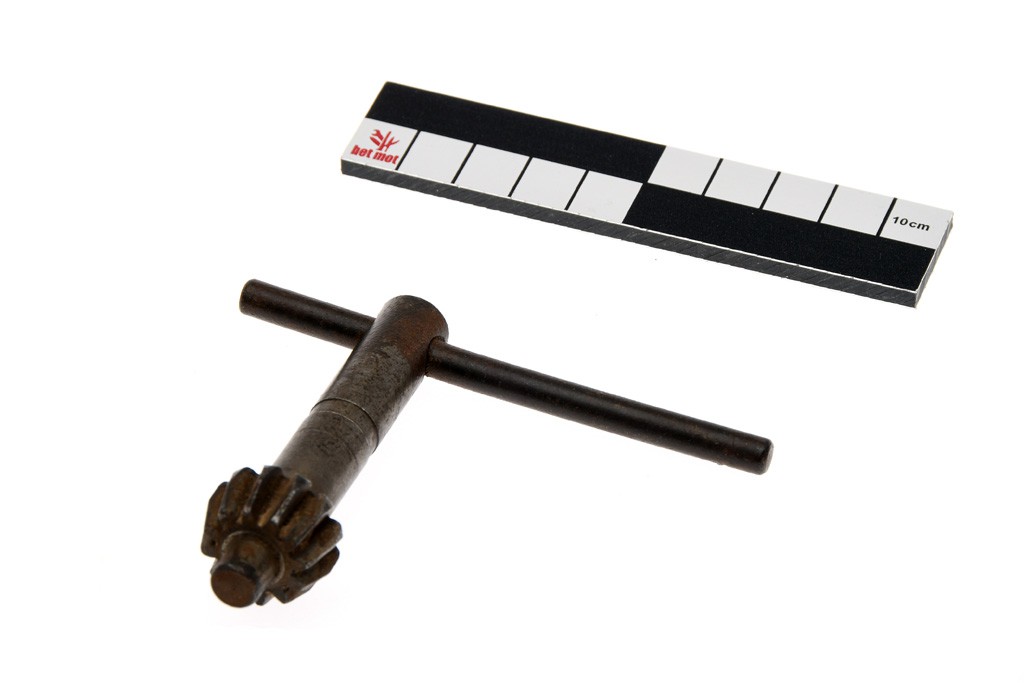
Chuck key
This text can only be consulted in Dutch
<https://www.mot.be/resource/Tool/chuck-key?lang=nl>
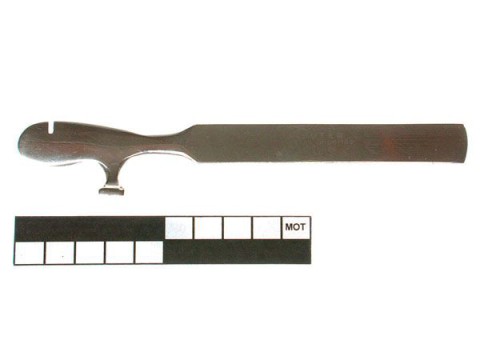
Cigar box opener
The cigar box opener is a manual tool with which one can open a cigar box.
It has a flat, rounded, blunt blade with a small notch along the side, and
a straight handle. With the rounded end you cut the paper band around the
lid of the box loose and with the notch you pry the nail loose. In some
models there is also a hammer head present to hammer the nail back in.
Sometimes the cigar box opener is combined with a cigar cutter. The same
tool is used to open boxes with scoops (1). The cigar box opener can also
be part of a pocket knife. [MOT] (1) Paul Duflos. Outillage pour le travail
du bois. Tariff No. 5. 1920: 13 marteaux-couteaux pour primeurs.
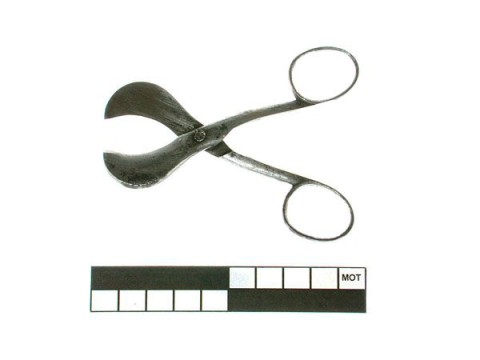
Cigar cutter
The cigar cutter is a hand tool that is used to cut the tip of a cigar
before lighting it. It can be small scissors (about 6-10 cm) with two
crescent-shaped blades or one of which has a round cutout and the other a
concave cut. Another model has a blade with a round cutout - where the tip
of the cigar fits - and a straight cutting blade that can be moved along
the cutout using the lever principle. There is also the option of making a
V-shaped cutout at the mouth end of the cigar. Sometimes this last model is
combined with a cigar box opener or it is part of a pocket knife. [MOT]
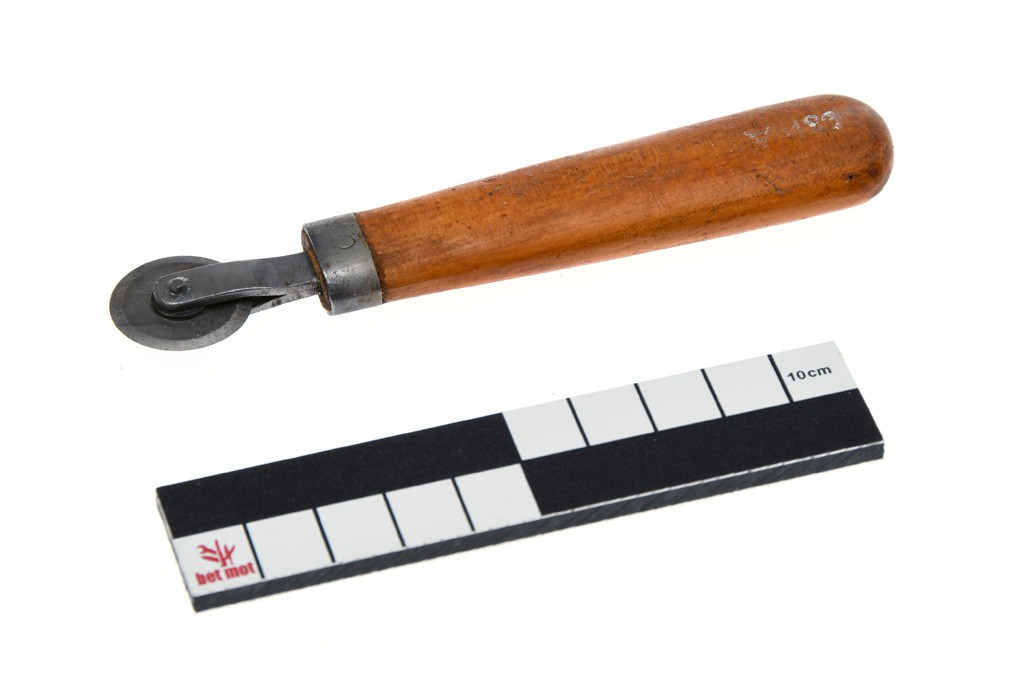
Cigar roller knife
This text can only be consulted in Dutch
<https://www.mot.be/resource/Tool/cigar-roller-knife?lang=nl>
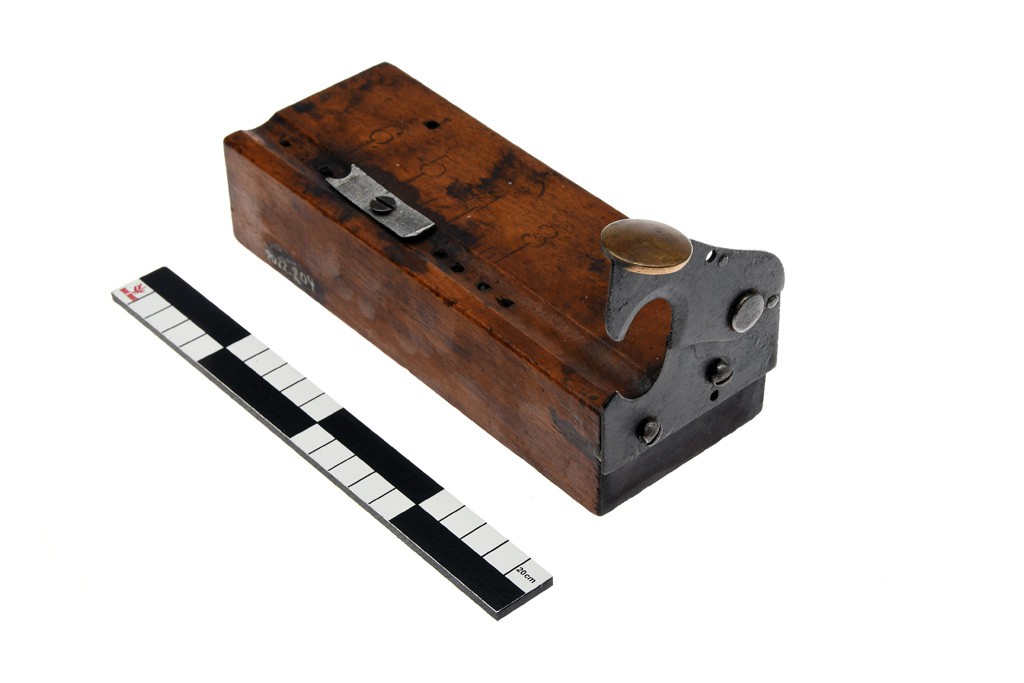
Cigar tuck cutter
This text can only be consulted in Dutch
<https://www.mot.be/resource/Tool/cigar-tuck-cutter?lang=nl>
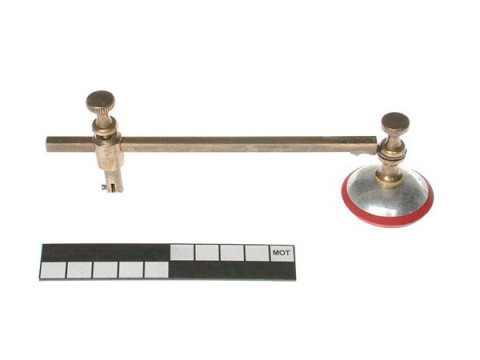
Circle glass cutter
This text can only be consulted in Dutch
<https://www.mot.be/resource/Tool/circle-glass-cutter?lang=nl>
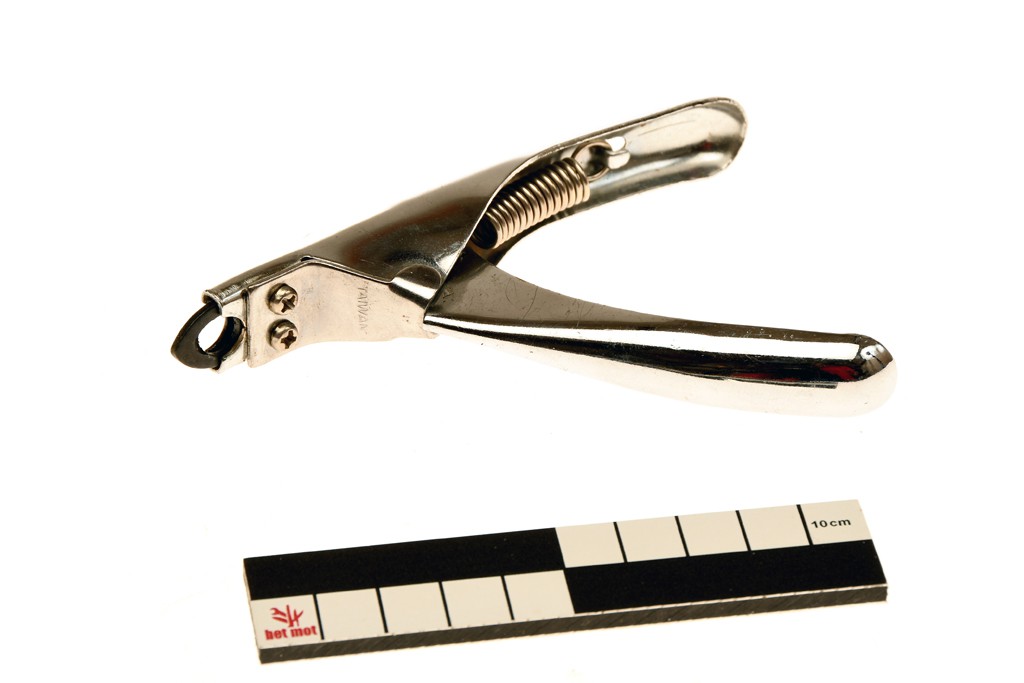
Claw clipper
This text can only be consulted in Dutch
<https://www.mot.be/resource/Tool/296?lang=nl>
